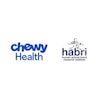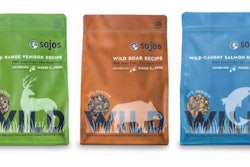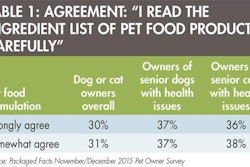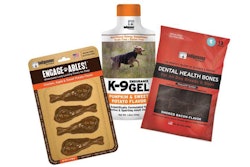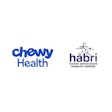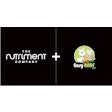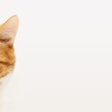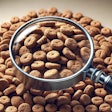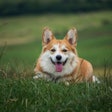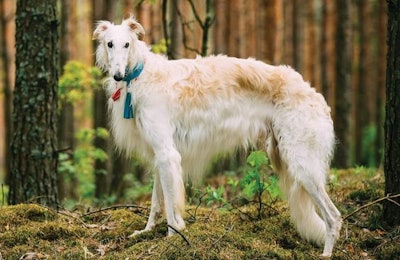
The Russian pet food production market didn’t collapse with the acute fall of sales following the Russian ruble's devaluation and decrease in the population's purchasing power, in spite of the large number of gloomy forecasts at the beginning of 2015. According to estimates from the Russian Union of Zoological Business (RUZB), the fall in demand for imported pet food in 2015 has been fully offset by the rise in domestic pet food purchases.
“Economical crisis in the country has not hit the market as strongly as expected,” said RUZB CEO Tatiana Kolchanova. “In some regions, the overall volume of sales even [rose] compare to 2014—in particular in St. Petersburg, where growth has amounted to 10%.”
The spokesman for RUZB, Kirill Dmitriev, said that in the context of the crisis, consumers started to opt for domestic pet food, which supported national producers. “According to our estimates, the demand for domestic pet food rose by 20%, while for imported pet food, it dropped by 40% compare[d] to 2014 figures," he said. "Import substitution mostly takes place in the economy segment, while in the premium and superpremium pet food segments such trends are not observed, because here we do not have any competitive domestic production."

Demand for domestic pet food in the Russian market fell to 530,000 metric tons in 2015 and is projected to fall in 2016, as well.
Russian market manufacturers said that during 2015 they managed to take advantage of the week ruble, making production more competitive on price. According to Bogdan Kishkin, sales director of Ivanko for pet food, prices for some imported pet food products in 2015 rose by 100%, while the prices of Russian manufacturers increased by 40–50% on average. Alexei Pokrovsky of Biosphere also said that domestic production got a boost in competitiveness, saying that the price for some categories of imported products rose by two to three times the amount.
“Many manufacturers are enjoying the benefits of the crisis," said Nina Gogunts, CEO of Goldgish. "Given the fall of the ruble and, consequently, the higher prices of imported pet food, people tend to go for cheaper Russian products. As a result, some local Russian manufacturers have increased orders [by] two or three times [those of 2014].” She said that due to the current situation, many meat processing plants have launched canned pet food production lines.

The fall of the Russian ruble has consumers purchasing cheaper domestic pet foods, resulting in increased sales for Russian manufacturers.
At the same time, said Kolchanova, import substitution will not last for long in the domestic market. “The range of domestic pet food products today remains very small, so it would be simply impossible to fully transfer consumers to national products.” she said.
There is a significant science beyond the quality pet food, according to Dmitriev: recipes and technology. "We do not have them and, in [addition], our manufacturers do not have an adequate amount of chicken to produce high-quality pet food products,” he said. Due to the general economic problems in the country and the absence of the cheap loans, said Dmitriev, most manufacturers also do not have the resources to invest in upgrading their technologies.
